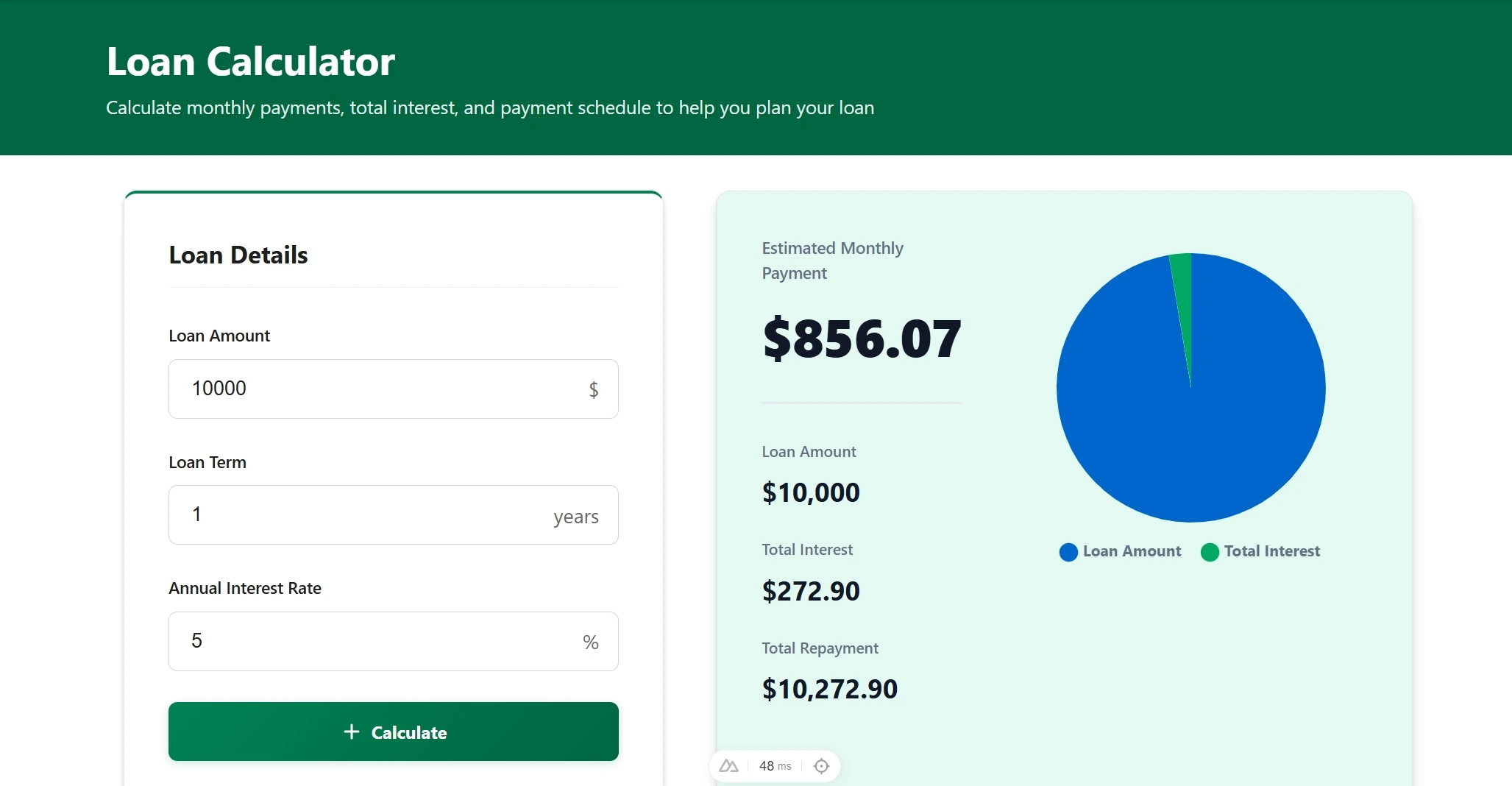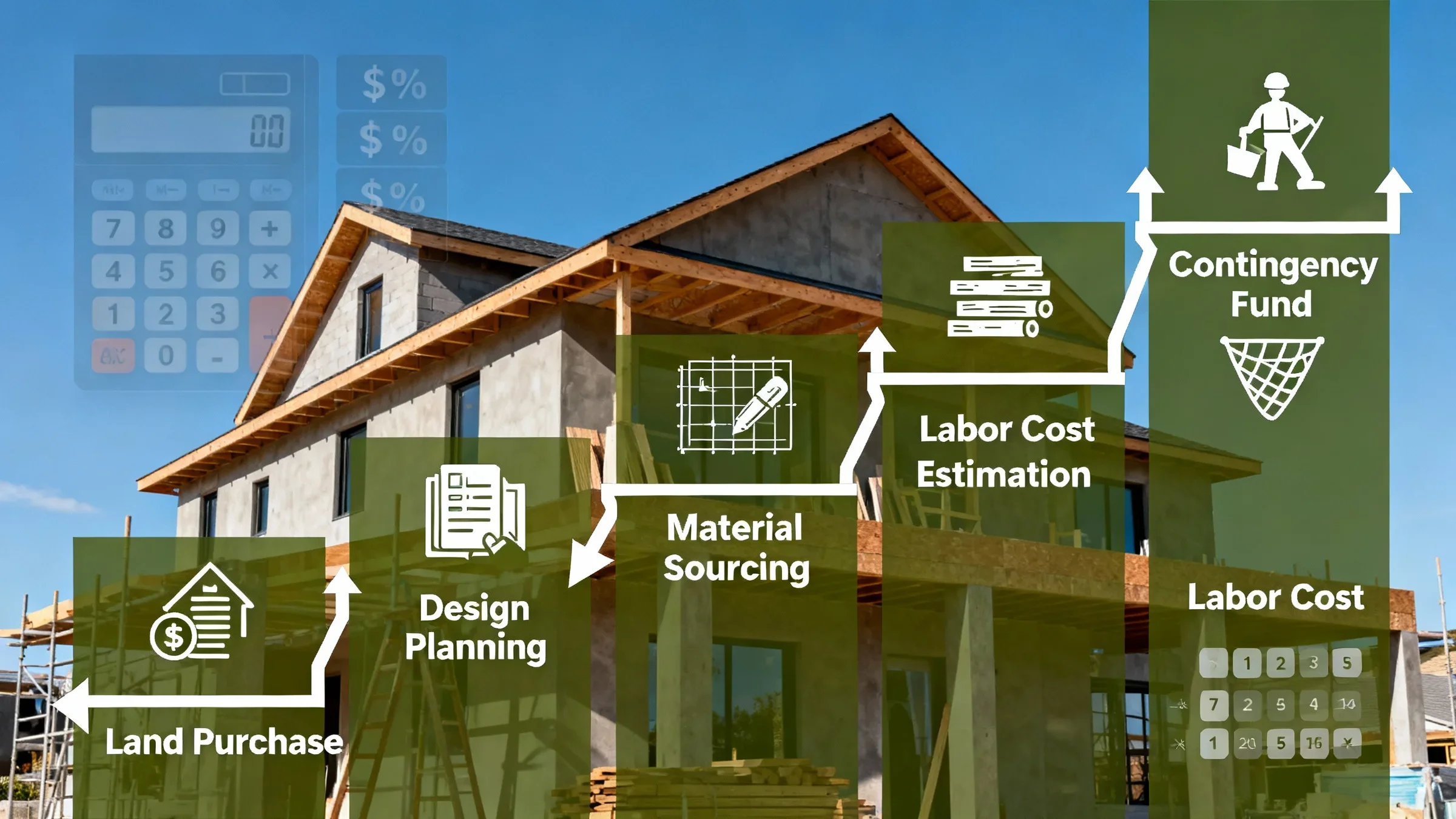How to Budget Your Dream Home Build: Construction Loan Calculator Guide
How to Budget Your Dream Home Build: Construction Loan Calculator Guide
Building a new home is a major financial commitment. Accurate budgeting is essential to avoid cost overruns and financial stress. A construction loan calculator is a powerful tool for homeowners planning a construction project. It helps estimate loan amounts, monthly payments, interest costs, and total project expenses. This guide explains how to use a construction loan calculator, what key factors to consider, and tips for managing your home-building budget.

Understanding Construction Loans
A construction loan is a short-term loan used to cover the costs of building a home. Unlike a traditional mortgage, funds are released in stages as construction progresses. Interest is usually paid only on the amount drawn, not the full loan.
There are two main types of construction loans:
- Construction-to-permanent loans: Convert to a traditional mortgage after construction.
- Stand-alone construction loans: Require a separate mortgage after building is complete.
Lenders assess your credit score, income, debt-to-income ratio, down payment, and the project’s scope. According to the Consumer Financial Protection Bureau (CFPB), lenders require detailed plans, budgets, and cost estimates before approval.
Understanding your loan type and lender requirements is key before using a calculator. This ensures your estimates align with real-world lending standards.
What Is a Construction Loan Calculator?
A construction loan calculator is an online tool that estimates loan payments, interest, and total costs for a home-building project. It considers variables such as:
- Loan amount
- Interest rate
- Draw schedule (how funds are released)
- Construction period
- Estimated project costs
Some calculators also allow for customization based on:
- Down payment
- Repayment term
- Interest-only vs. principal-and-interest payment options
These tools give homeowners a clear view of potential monthly payments and total loan costs before committing.
According to the National Association of Home Builders (NAHB), accurate budgeting with such tools helps prevent cost overruns and supports financial planning.
How to Use a Construction Loan Calculator
Using a construction loan calculator is straightforward. Follow these steps to get reliable estimates:
- Gather Project Details
- Know your estimated construction costs, including materials, labor, permits, and contingency funds.
- Have your desired loan amount, down payment, and estimated construction timeline ready.
- Input Loan Information
- Enter the loan amount you expect to borrow.
- Provide the estimated interest rate. Rates vary by lender and borrower profile.
- Set Construction Timeline
- Enter the expected length of the construction phase, typically 6–18 months.
- Specify if the loan will convert to a permanent mortgage (for construction-to-permanent loans).
- Choose Payment Structure
- Select interest-only payments during construction or principal-and-interest payments.
- Some calculators will show both options for comparison.
- Review the Results
- The calculator will display your estimated monthly payments during construction, total interest paid, and overall costs.
- Many tools also estimate post-construction payments if the loan converts to a mortgage.
- Adjust and Compare
- Change variables (like down payment or interest rate) to see how they affect your budget.
- Use this information to find a loan structure that fits your financial goals.
For homeowners, these estimates help set realistic expectations and avoid surprises during the build.
Key Factors Impacting Your Construction Loan Budget
Several factors influence your construction loan calculations and overall budget:
- Interest Rate: Even small changes in rates can affect monthly payments and total costs significantly. Rates depend on credit score, lender policies, and market conditions.
- Down Payment: A higher down payment reduces the loan amount and may lower your interest rate.
- Construction Timeline: Delays can increase interest costs. Accurate scheduling helps control expenses.
- Draw Schedule: Funds are released in phases. Interest accrues only on the drawn balance, not the full loan.
- Contingency Fund: Experts recommend a 10–15% contingency for unexpected costs, according to HUD.gov.
- Loan Fees: Origination, inspection, and administrative fees add to the total cost.

Understanding these factors allows you to make informed decisions and fine-tune your budget using the calculator.
Best Practices for Budgeting Your Dream Home Build
To ensure a successful project, follow these best practices when using a construction loan calculator:
- Be Accurate: Use the most precise estimates for costs and timelines.
- Include All Expenses: Don’t overlook permits, landscaping, utility connections, and furnishing costs.
- Plan for Overages: Budget for possible increases in material or labor costs.
- Consult Professionals: Work with builders, architects, and lenders to verify your estimates.
- Shop Around: Compare multiple lenders for rates, fees, and loan terms.
According to the Federal Reserve, comparing lenders and loan products helps homeowners find the best fit for their needs.
A construction loan calculator is a starting point. It helps set your budget and supports financial planning, but always verify figures with professionals before finalizing your loan.
